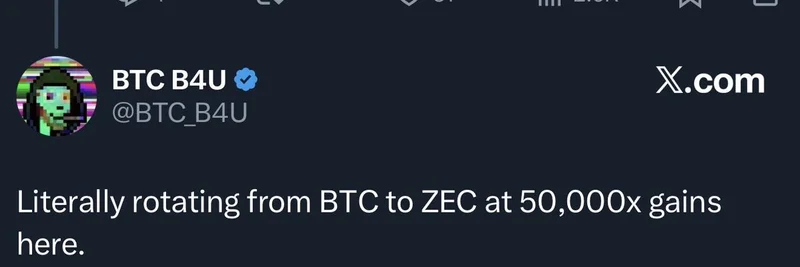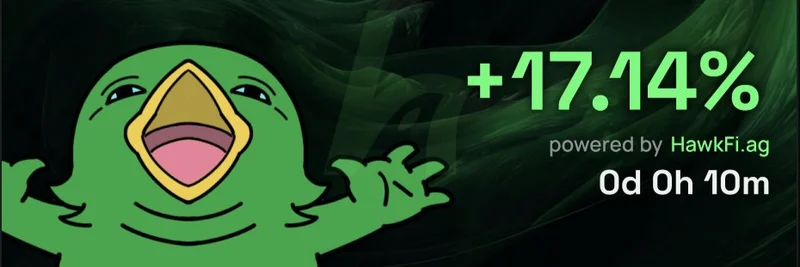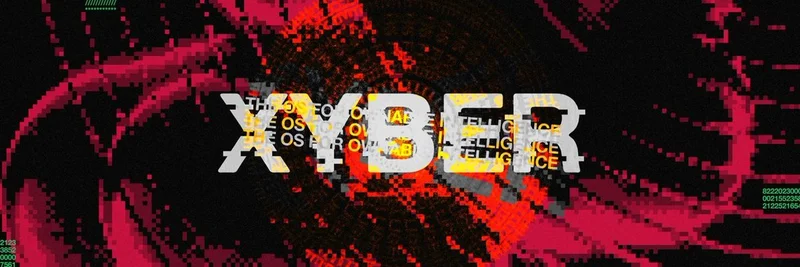In the ever-evolving world of cryptocurrency, where hype can drive prices sky-high overnight, a recent Twitter exchange has sparked a heated debate about the future of transparent versus private coins. It all started with a post from Bit Paine, who called out what he sees as coordinated shilling efforts behind Zcash (ZEC), a privacy-focused altcoin. Paine shared his experiences with shady DMs offering payments to promote tokens, warning followers not to become "exit liquidity" for pump-and-dump schemes.
Lyn Alden, a respected voice in Bitcoin and financial markets, echoed Paine's sentiment with a simple yet powerful reminder: "Don’t become exit liquidity for coordinated token pumps." But then Naval Ravikant, the entrepreneur and thinker known for his sharp insights on tech and investing, jumped in with a contrarian view. Replying directly to Alden, Naval said, "You’re the smartest commentator on X about financial markets and Bitcoin. You’re also behind the curve on this one. Transparent crypto won’t survive a government crackdown."
Naval's comment cuts to the core of a longstanding tension in crypto: privacy versus transparency. Transparent blockchains, like Bitcoin's, record every transaction publicly, making it easier for regulators to track flows but also leaving users exposed to surveillance. Privacy coins like Zcash use advanced tech—think zero-knowledge proofs—to shield transaction details, offering anonymity that's appealing for legitimate users but also a magnet for controversy.
For meme token enthusiasts, this discussion hits close to home. Meme coins, often built on platforms like Ethereum or Solana, are typically transparent by design. They're fun, community-driven, and can explode in value based on viral trends. But as Paine points out, they're prime targets for coordinated pumps. Whales with massive holdings can orchestrate bot-driven hype on social media, luring in retail investors only to dump their bags at the peak. We've seen this playbook with countless dog-themed or frog-inspired tokens—remember the wild rides of Dogecoin or Pepe?
Naval's warning about government crackdowns adds another layer. If regulators ramp up scrutiny, transparent meme tokens could face delistings, frozen assets, or even outright bans in certain jurisdictions. Privacy features might offer a shield, but they come with risks too—exchanges often shy away from listing privacy coins due to regulatory fears, limiting liquidity and adoption.
So, what does this mean for you as a blockchain practitioner dabbling in memes? First, stay vigilant against shills. If a token suddenly blows up on your feed with suspiciously uniform praise, dig deeper. Check for organic community growth versus bot-fueled noise. Tools like on-chain analytics on sites like DexScreener or Etherscan can help spot unusual wallet activity.
Second, consider the long game. While meme tokens are about quick flips and fun, Naval's point reminds us that sustainability matters. Projects incorporating privacy elements—perhaps through layer-2 solutions or mixers—might fare better in a regulated future. But beware: using privacy tools doesn't make you invisible; it's about smart, informed choices.
This thread isn't just drama; it's a teachable moment. In the meme token space, where fortunes flip faster than a coin toss, blending hype with homework is key. Keep an eye on influencers like Naval, Lyn, and Paine—they're not just tweeting; they're dropping wisdom that could save your portfolio. What's your take on privacy in crypto? Drop a comment below and let's discuss.




